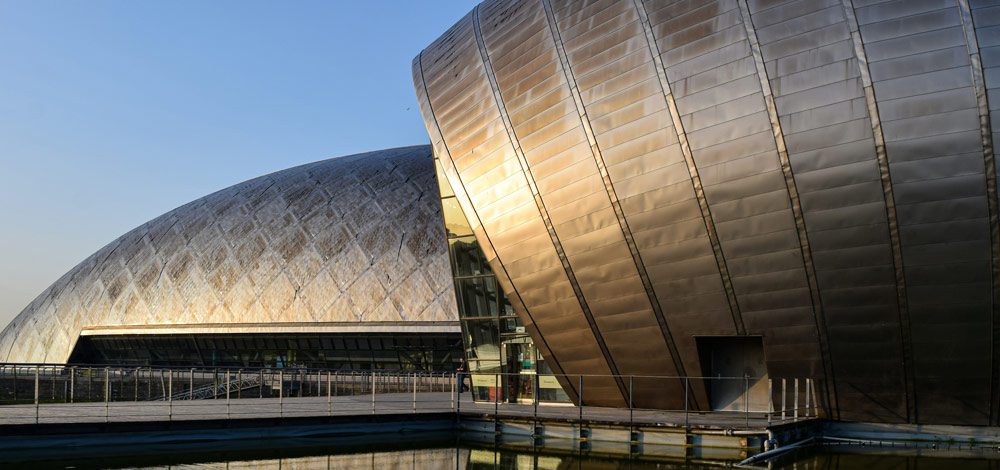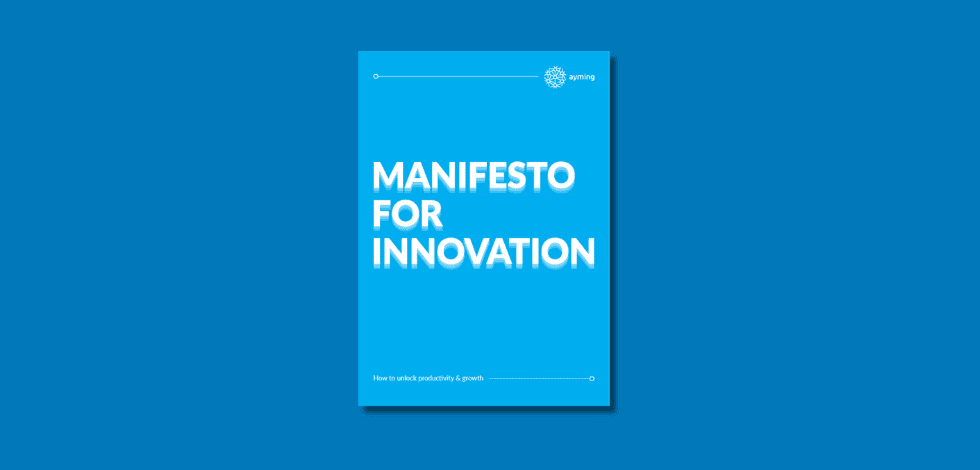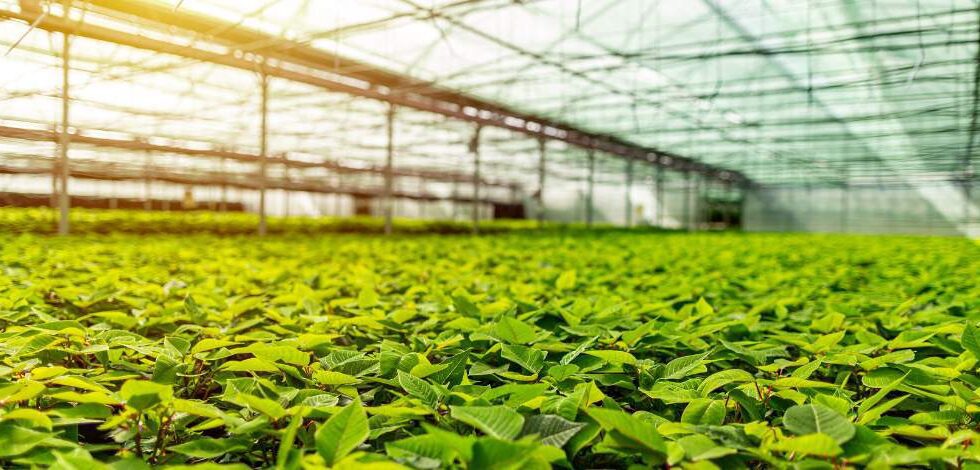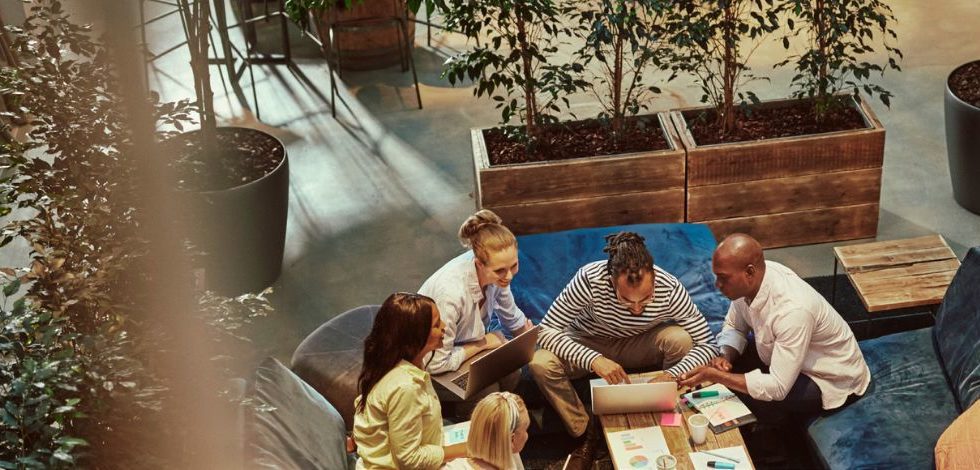For over 25 years, world leaders and governments have been meeting almost yearly to forge a plan to tackle the climate emergency.
In the run-up to COP26 in Glasgow, the 26th meeting, experts warned once again that we need to set more ambitious targets and goals to prevent irreparable climate change. Early in October, the UK government published its net-zero strategy setting up its plan to reach net-zero by 2050.
Whilst ambitious emission reduction targets need to be implemented by world leaders to enable compliances of global companies to specific targets, change on a smaller scale is already happening. In preparation for COP26 we saw great emphasis in the media on the devastating effects of climate change and the various ways in which we could tackle its catastrophic consequences. One of the biggest platforms established in the wake of COP26 is the Earthshot Prize, awarded earlier in October. Set up by the Royal Foundation, the prize focuses on ambitious solutions within five areas, known as Earthshot, which could have a global impact if achieved by 2030. Over the next 10 years, each Earthshot winner will receive a £1million prize to enable the provision of over 50 solutions by 2030. In just one year, the awards have already highlighted numerous contributions of individuals, companies, and countries worldwide trying to tackle waste issues, create less harmful solutions, and repair the environmental damage done to our planet.
Raising the profile
The increase in public awareness of climate change and the drive for sustainable solutions has not gone unnoticed in various industries. Within the last couple of years, we could observe leading companies setting up innovation teams dedicated to developing more sustainable R&D.
The building materials manufacturing sector is one of the most affected industries by international and nationally introduced targets. As one of the leading producers of world carbon dioxide emissions, predominately due to the cement manufacturing process (around 8% of global CO2 emissions), the industry is seeking to develop more sustainable cements. This is through alternative raw materials or recycled materials that can perform with the same characteristics as traditional cement. Due to the use of alternative materials in the manufacturing process, CO2 emissions can be reduced between 50-80%, depending on the technology used. Despite the vast impact the switch to low carbon cement could have on our environment, the construction industry has been reluctant to make the switch for various reasons. This is primarily due to the unknowns in its capabilities, with most applications being for small projects, thus limiting the construction industry’s ability to decarbonise. With reports suggesting that 80% of the world population will live in urbanised areas by 2050, the time has come to rethink how we are building our cities.
Some larger companies have centred all their work and developments on creating more sustainable options. An example is Renewable Energy Systems, which have been at the forefront of designing and developing renewable energy technologies for years. These range from the development of wind farms and photovoltaics for efficient solar energy capture and storage to meet the growing energy demands for communities.
The SMEs bringing more sustainable R&D
While the initiatives mentioned above led to successful R&D projects and more sustainable products and processes, the most significant innovations often occur within industry-specific SMEs.
One such example is Symbiotec, a UK company that manufactures 100% biodegradable packaging alternatives by using mycelium, the structural component of fungi. By combining mycelium with agricultural waste products, such as hemp, cork, or sawdust, from farms in the company’s surrounding areas, Symbiotec is producing a sustainable and compostable packaging alternative to plastic foams. The packaging offers the same performance as traditional polystyrene and is used by high street brands for a variety of goods, including packaging solutions for cosmetic products, as well as food and beverage products.
The creation of circular economies for everyday items like plastic is another pivotal aspect in creating a more sustainable innovation landscape. Companies like Plastic Energy have recognised this by developing a patented technology to convert end-of-life plastics into a new feedstock to produce ‘virgin’ clean recycled plastics and synthetic gas to run the plants. These solutions lead to an overall reduction in plastic pollution and dependency on fossil fuels.
Overall, it is clear that we have to rethink how we are using our natural resources and revolutionise how we live to tackle the climate emergency. Pioneering solutions are available or within reach, but they require further incentives to allow upscaling and a global impact. It will not be an easy way out of the crises, but implementing more sustainable R&D projects and solutions across all industries can provide our planet with a chance to survive.
Sustainable innovation was a key component identified in our latest global report, the International Innovation Barometer 2022.

















No Comments